
The eccentric concept will inspire the look of future Lotus models, and it features a three-seat interior and interesting tech.
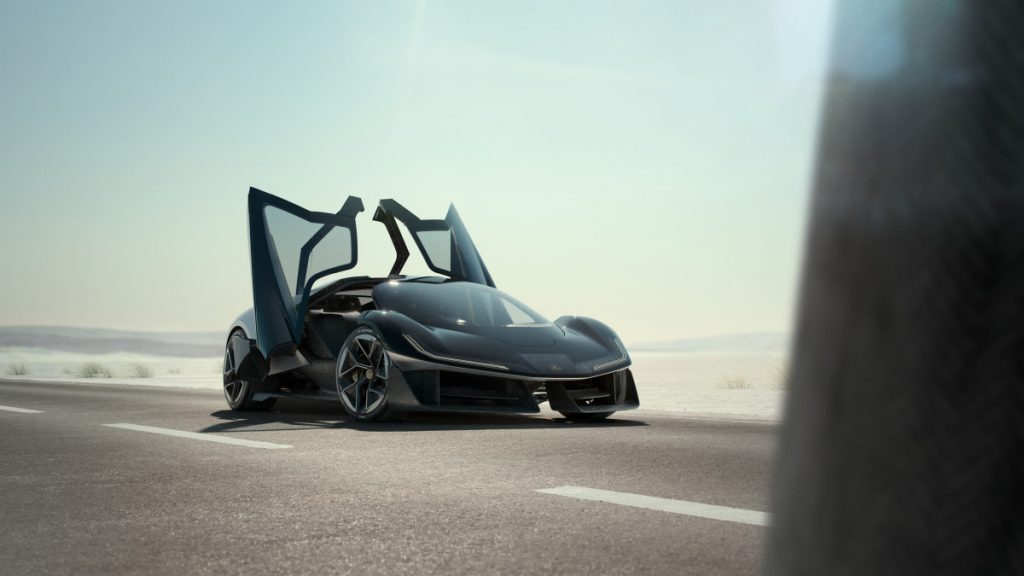
Lotus has just unveiled an exciting new concept car called the Theory 1! This cool-looking vehicle is part of their new Theory design series and highlights a fresh brand philosophy called “DNA,” which stands for digital, natural, and analog. It’s all about blending the latest tech with nature and classic elements.
The Theory 1 is built on an all-wheel-drive electric platform and has a 70.0 kWh battery that’s part of the car’s structure, eliminating the need for a heavy subframe. Although it’s still just a concept, Lotus claims it packs an impressive 986 horsepower, can go from 0 to 62 mph in under 2.5 seconds, and hit a top speed of 198 mph. However, its range is less exciting, with an estimated 250 miles on a full charge, based on the optimistic European testing standards.
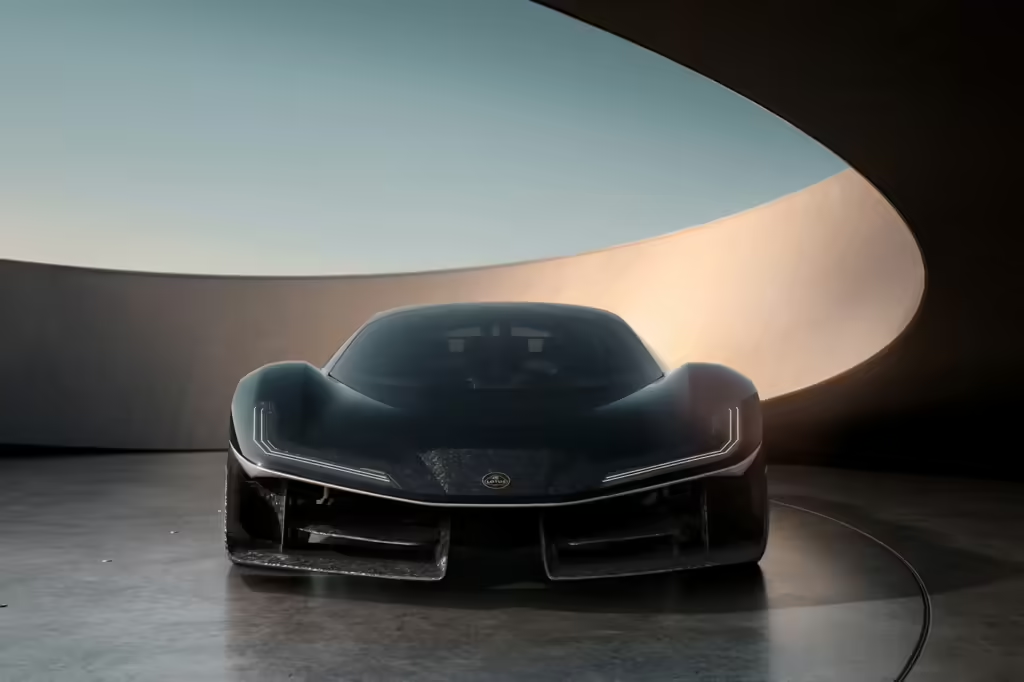
Lotus focused on keeping the Theory 1 light and agile. It features a recycled carbon tub and a body made from composite and polycarbonate, bringing its weight to under 3,527 pounds. The rear wing is cleverly connected to the motor and suspension, which uses a racing-inspired setup for better handling. Plus, the nose is designed to channel airflow for cooling, making this car both efficient and sporty!
Lotus has packed the Theory 1’s interior with innovative tech! It features three seats, with the driver positioned in the center, similar to the McLaren F1. The standout feature is a system called “Lotuswear,” which uses haptic airbags and colorful lights to communicate with everyone inside. One quirky (and a bit concerning) feature is that the steering wheel vibrates on the left and right to signal when to turn—because apparently, standard audio and visual cues just won’t cut it!
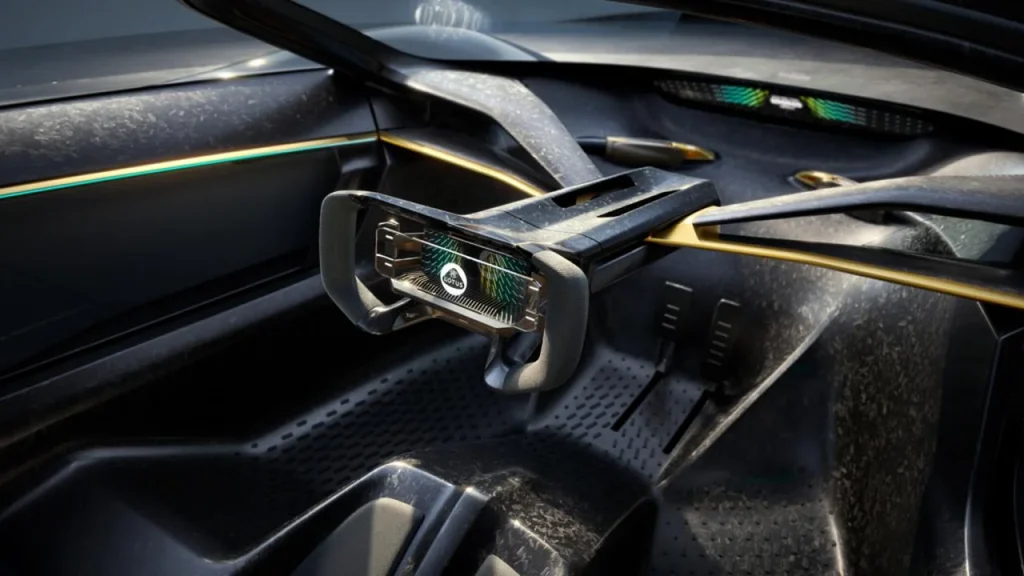
At the moment, Lotus has no plans to put the Theory 1 into production, but we expect to see some of its design elements find their way into future production models. Perhaps we’ll see some similarities in the Lotus Type 135 that’s expected to debut before the end of the decade.

The streets of Dubai, a playground for the world’s most opulent automobiles, r
Read More
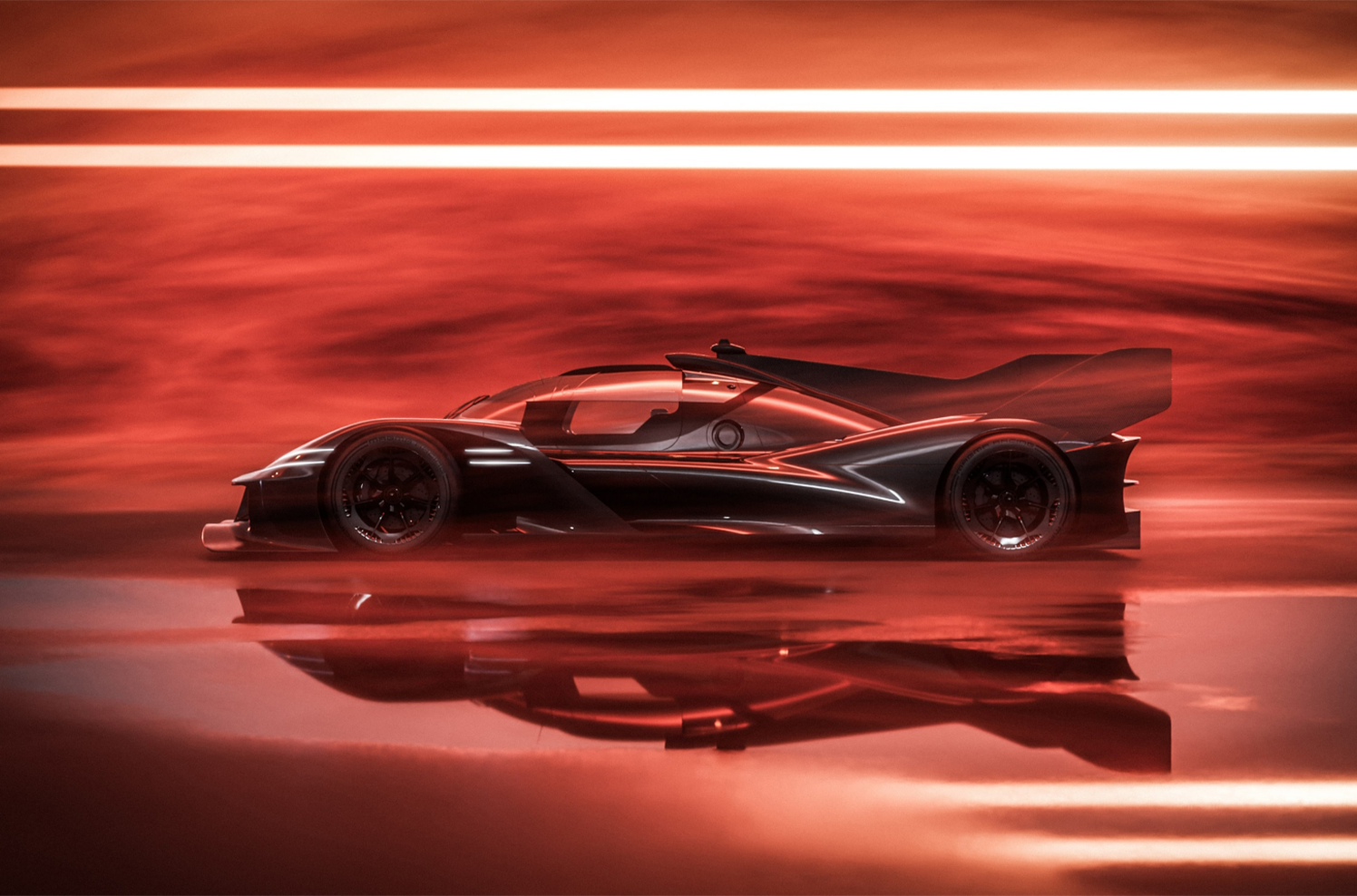
The automotive equivalent of a rookie challenging Muhammad Ali: Genesis has thro
Read More
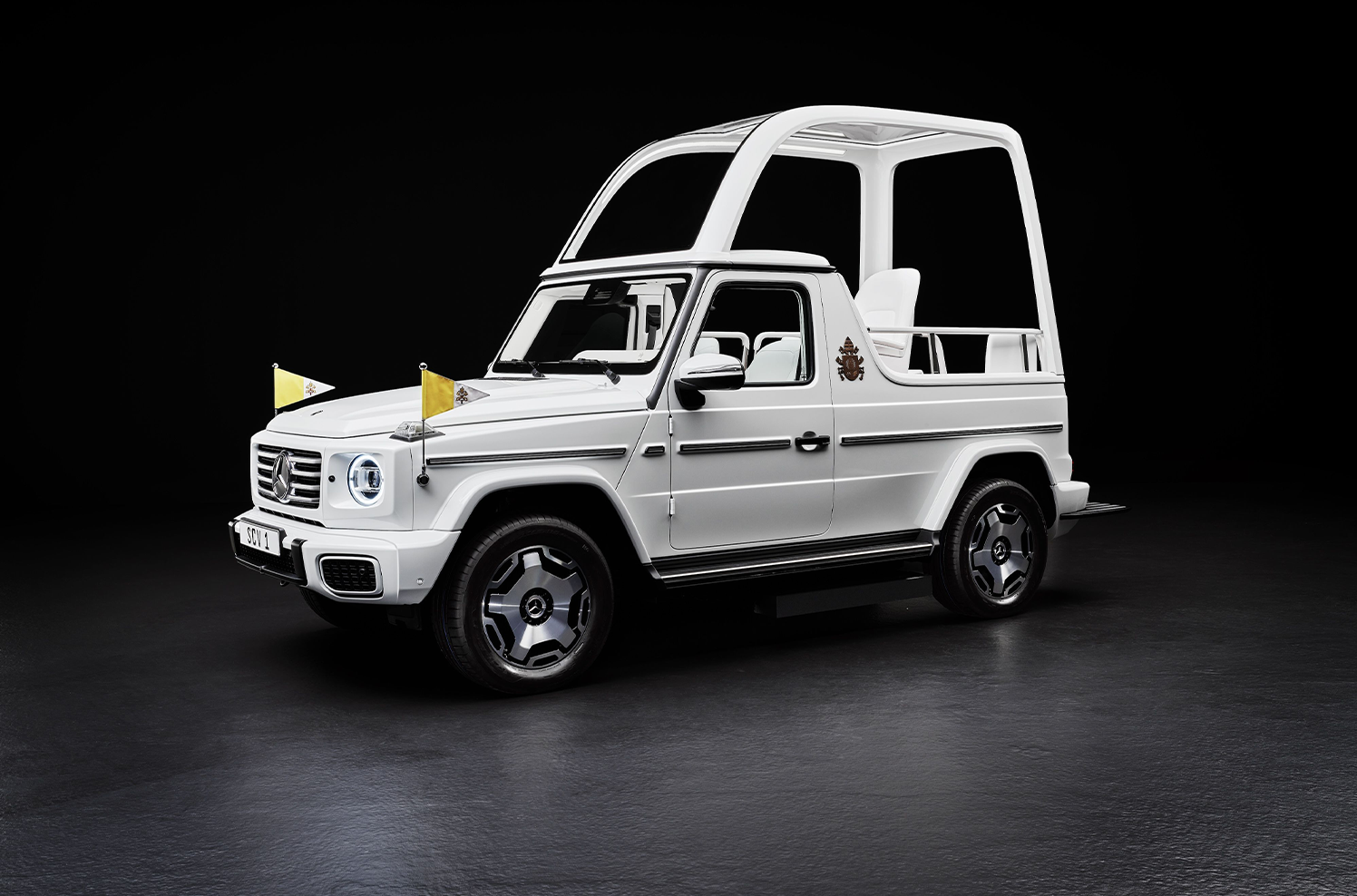
The latest iteration of the Popemobile—the Holy Father's main form of transpor
Read More
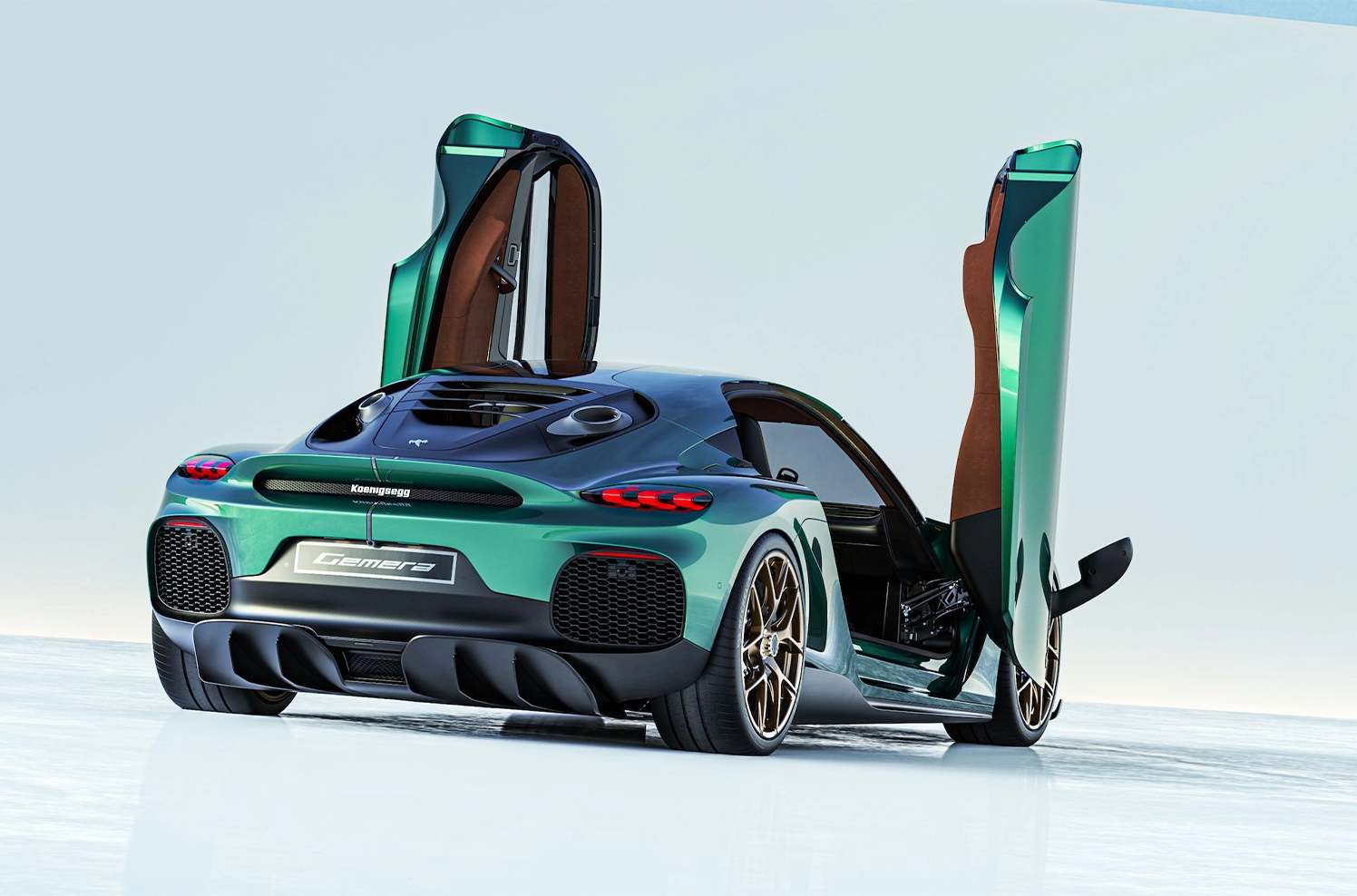
The production version of Koenigsegg's four-seat supercar will offer a 5.0-liter
Read More


